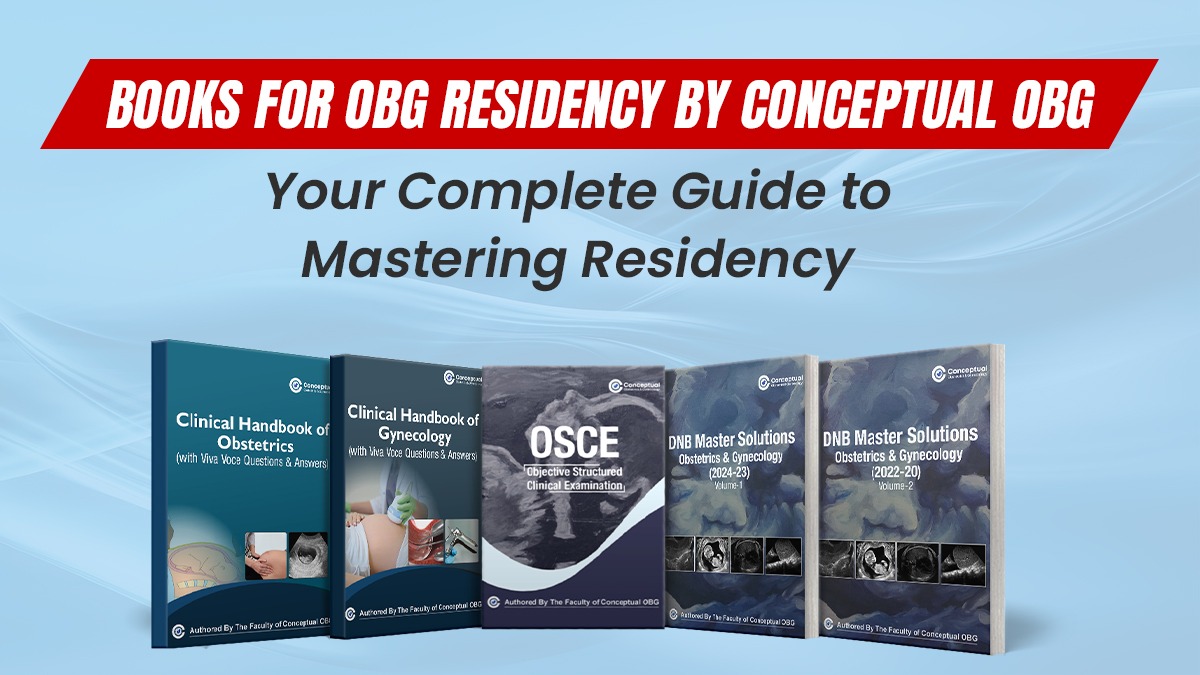Estimated reading time: 5 minutes
If you’re in the middle of NEET PG counselling and staring at “MS/DNB Obstetrics & Gynaecology” on your screen with 100 doubts in your head, you’re not alone.
Students keep asking the same questions:
Is OBG the right branch for me? What about hands-on, DNB vs MS, DGO, MRCOG, superspeciality, work–life balance…?
This blog puts all of that together in one place, in simple language, straight from the real-life experiences discussed in the session.
What Makes OBG a “Beautiful” Branch?
OBG is one of those rare specialities where you make life-and-death decisions every single day – and yet, most days end with happiness.
- You bring new life into the world.
- You often deliver good news, not just diagnoses and reports.
- You build long-term bonds with patients – from their first pregnancy to their second, then their sisters, cousins, mothers, and even grandmothers.
- Over the years, entire families start trusting you as “their” doctor.
If you:
- Enjoy talking to people
- Like building relationships with patients
- Are you okay with a dynamic, non-sedentary routine
…OBG can be very fulfilling.
No Two Days Are the Same
You’re constantly on the move:
- OPD
- Labour room
- Wards
- OT
- Ultrasound room
- Rotations in neonatology, oncology, urogynaecology, etc.
It’s an integrated branch – a mix of medicine, surgery, radiology, paediatrics, public health and social impact. You can also shape your practice later:
- More medical, less surgical
- More gynae, less obstetrics
- More fertility, oncology, laparoscopy, etc.
Is OBG a Good Branch for Men?
This is one of the most frequently asked (and most misunderstood) questions.
Many male students worry:
- “Will patients come to me?”
- “Will I struggle more because I’m a man in OBG?”
- “Is my future limited?”
The truth is:
- Patients go to the doctor they trust, not just the gender they prefer.
- If you are skilled, respectful, communicative and professional, patients stay with you.
- There are numerous legendary male gynaecologists in India and globally who’ve shaped the branch, written standard textbooks, and led subspecialities.
Yes, in some areas (especially certain communities, rural or conservative belts), women may initially feel hesitant to consult a male gynaecologist. But:
- Once they see good outcomes and feel comfortable, they come back and refer others.
- Colleagues’ trust and word-of-mouth also matter a lot.
👉 Key point: Don’t let gender decide your branch. Let your interest, aptitude and willingness to learn decide.
Hands-On vs Structured Training: What Really Matters?
Another obsession:
“Will I get enough hands-on? Should I upgrade just for more hands-on?”
Of course, surgical exposure is important. But it’s not the only thing, and definitely not the first thing to judge a college by.
What actually matters more than “hands-on”?
Look for:
- Structured academic program (seminars, tutorials, case discussions, journal clubs)
- Motivated faculty who love teaching
- Decent patient load (not necessarily crazy numbers)
- Good mix of cases – obstetrics + gynae + emergencies + electives
- Supportive environment and reasonable work culture
- Minimal language barrier so you can communicate with patients
Plenty of residents who did thousands of caesareans still have poor technique. And others who did 30–50 well-supervised surgeries with strong theoretical understanding become excellent surgeons over time.
Surgery is a lifetime skill, not a 3-year race.
Your attitude matters a lot
- Show up.
- Stay back when you can.
- Watch surgeries even if you are not scrubbed.
- Follow up the patient whose case you assisted.
- Be the resident who is eager, not the one who disappears at 4:59 pm.
- FNB (fellowship of the National Board)
Then:
- Plain DGO alone is not enough.
- You need to complete secondary DNB to be eligible.
So, if you are very sure you want a superspeciality right from the start, keep this in mind while choosing.
What Are the Career Options After OBG Residency?
You’re not limited to “just being a general gynaecologist”. You can:
1. Practice as a General Obstetrician & Gynaecologist
- Single-doctor clinic + attached hospitals
- Freelancing in multiple hospitals
- Working in a corporate hospital
- Working in government/teaching hospitals
A general OBG practitioner is rarely out of work. Wherever there are women, there is OBG work.
2. Super-Specialise
You can go into:
- Reproductive medicine / IVF
- Gynae endoscopy (laparoscopy & hysteroscopy)
- Gynae oncology
- Urogynaecology
- Fetal medicine
- High-risk pregnancy & obstetric critical care
Pathways include:
- NEET SS
- FNB
- Institutional fellowships
3. Non-clinical / Semi-clinical Options
Over time, some gynaecologists move towards:
- Medical education
- Research and writing
- Administration/hospital management
- Public health and policy
You can slowly reshape your career based on your interests.
Final Thoughts: Should You Choose OBG?
Ask yourself honestly:
- Do I like the idea of dealing with pregnancy, childbirth and women’s health?
- Am I okay with emergencies, unpredictability and responsibility?
- Can I handle stress if I have the right support and coping tools?
- Do I feel a pull towards this branch more than others, like medicine, paeds, radio, derma, etc.?
If the answer in your gut is yes, then:
👉 Take OBG.
👉 Accept that the first few months of residency will be hard.
👉 Surround yourself with the right people, mentors and habits.
The branch will test you – but it can also give you immense satisfaction, stability and purpose for the rest of your career.











